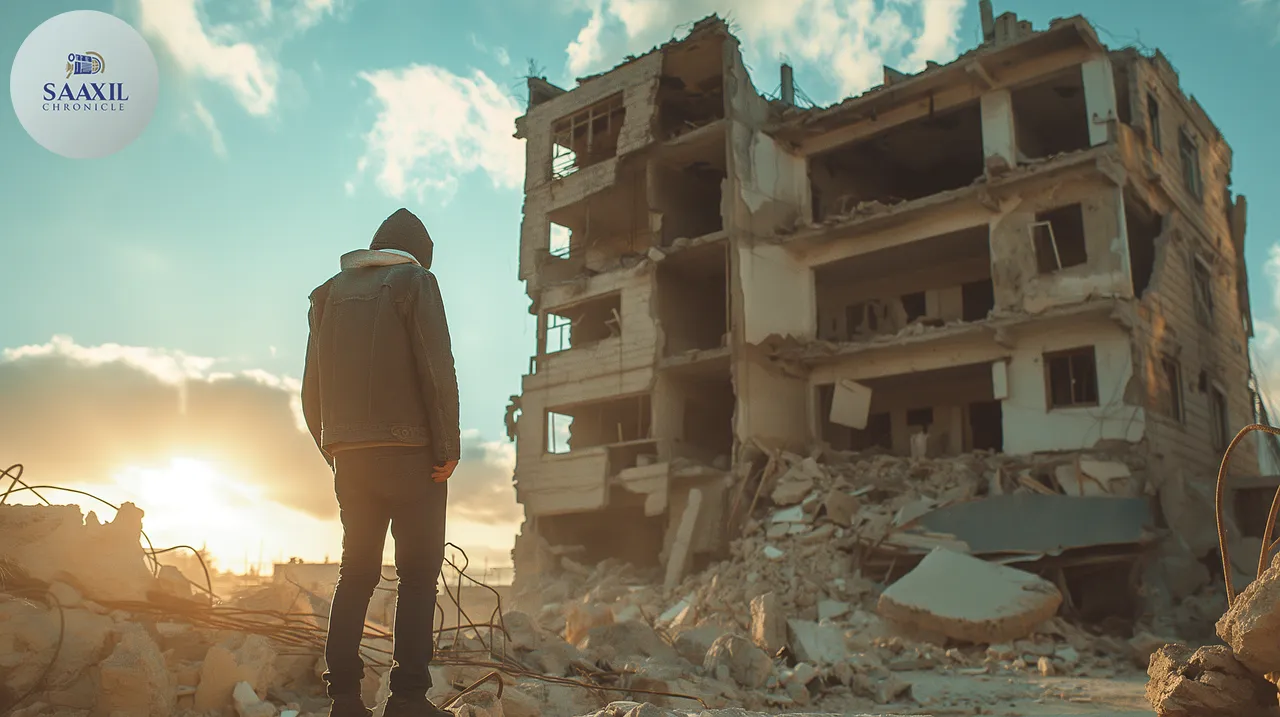Israel has intensified its military operations in Gaza, launching fresh airstrikes as officials vow to resume fighting with renewed determination. The Israeli Defence Forces (IDF) have targeted multiple locations within the Gaza Strip, following a brief lull in hostilities. This escalation comes amid heightened tensions in the region, with both sides exchanging accusations and threats.
Renewed Conflict in Gaza
The latest round of airstrikes began in the early hours of Wednesday, 19 March 2025, marking a significant escalation in the ongoing conflict. Israeli Prime Minister Benjamin Netanyahu stated that the military would continue its operations “in full force” until its objectives are achieved. The strikes are reported to be less intense than those earlier in the week, yet they indicate no sign of de-escalation.
This renewed offensive follows a temporary ceasefire that had been brokered through international mediation efforts. However, the fragile truce collapsed amid mutual allegations of violations. The IDF claims that the strikes are in response to renewed rocket fire from Gaza, which targeted civilian areas in southern Israel.

Impact on Civilians and Infrastructure
The escalation has raised concerns over the humanitarian impact on Gaza’s densely populated areas. According to local health officials, the airstrikes have resulted in numerous casualties, although exact numbers remain unverified. The strikes have also caused significant damage to infrastructure, exacerbating the already dire living conditions in the enclave.
Humanitarian organisations have called for an immediate cessation of hostilities to allow for the delivery of essential supplies and medical aid. “The situation is critical, and the needs are immense,” said a spokesperson for the International Red Cross. “We urge all parties to prioritise the safety and well-being of civilians.”
International Reactions and Diplomatic Efforts
The international community has expressed deep concern over the renewed violence, with several countries urging restraint and a return to negotiations. The United Nations has called for an emergency session to address the deteriorating situation and explore avenues for a sustainable peace agreement.
U.S. Secretary of State Antony Blinken has reiterated Washington’s commitment to supporting diplomatic efforts aimed at de-escalating the conflict. “We are in close contact with both Israeli and Palestinian leaders,” Blinken stated. “Our priority is to prevent further loss of life and to work towards a lasting solution.”
Historical Context and Ongoing Tensions
The Israeli-Palestinian conflict has a long and complex history, with recurring cycles of violence and fragile ceasefires. The recent escalation is rooted in longstanding grievances, including disputes over territory, security, and mutual recognition.
Experts warn that without addressing the underlying causes of the conflict, any ceasefire will remain temporary. “The cycle of violence will continue unless both sides engage in meaningful dialogue,” said Dr. Michael Stein, a Middle East analyst. “A sustainable peace requires addressing the core issues that fuel the conflict.”
Future Prospects and Challenges
As hostilities continue, the prospects for peace appear increasingly uncertain. Both sides face internal pressures, with hardliners advocating for a more aggressive stance. Meanwhile, the humanitarian crisis in Gaza is worsening, with limited access to basic services and resources.
The path to peace will require significant compromises and a commitment to dialogue from both parties. International mediators will play a crucial role in facilitating negotiations and ensuring compliance with any future agreements.
In the meantime, the people of Gaza and southern Israel endure the immediate impacts of the conflict, with hopes for a peaceful resolution remaining elusive. The international community’s response will be critical in shaping the next phase of this protracted struggle.

